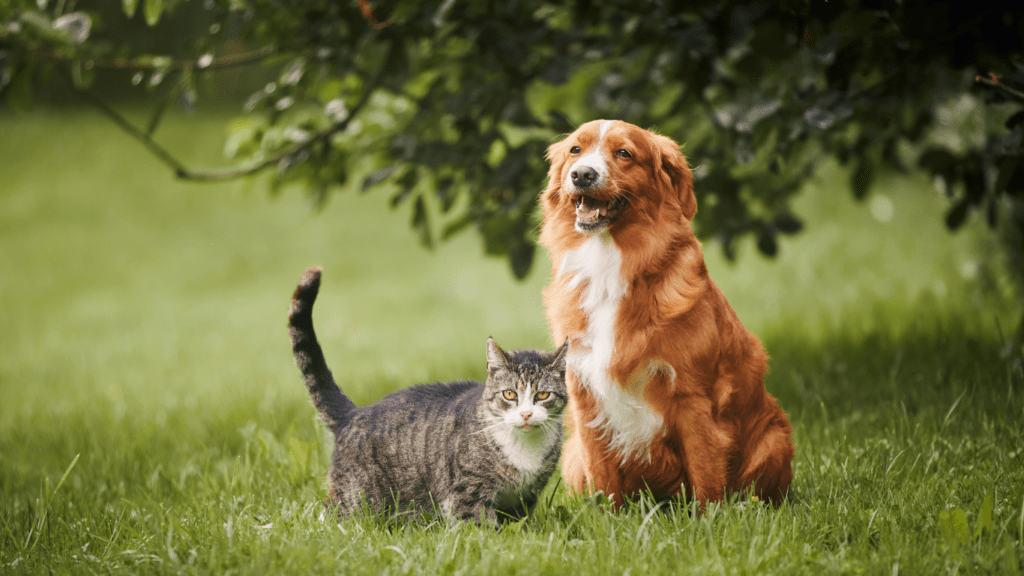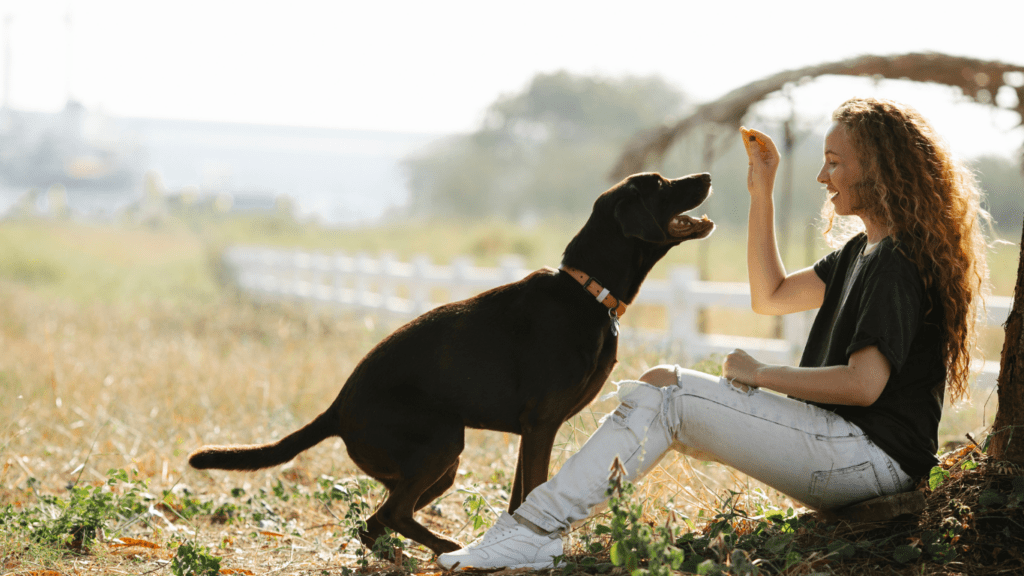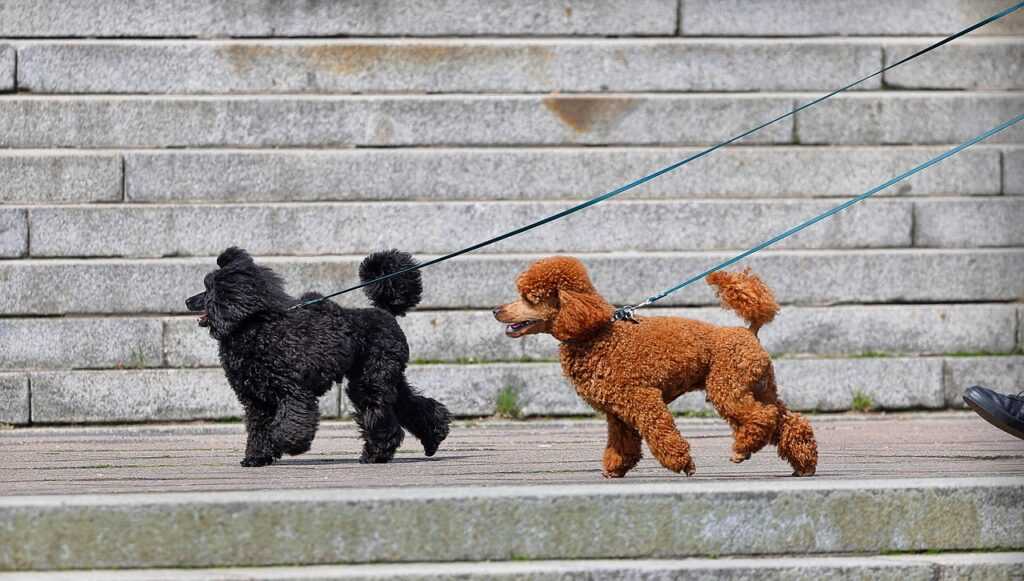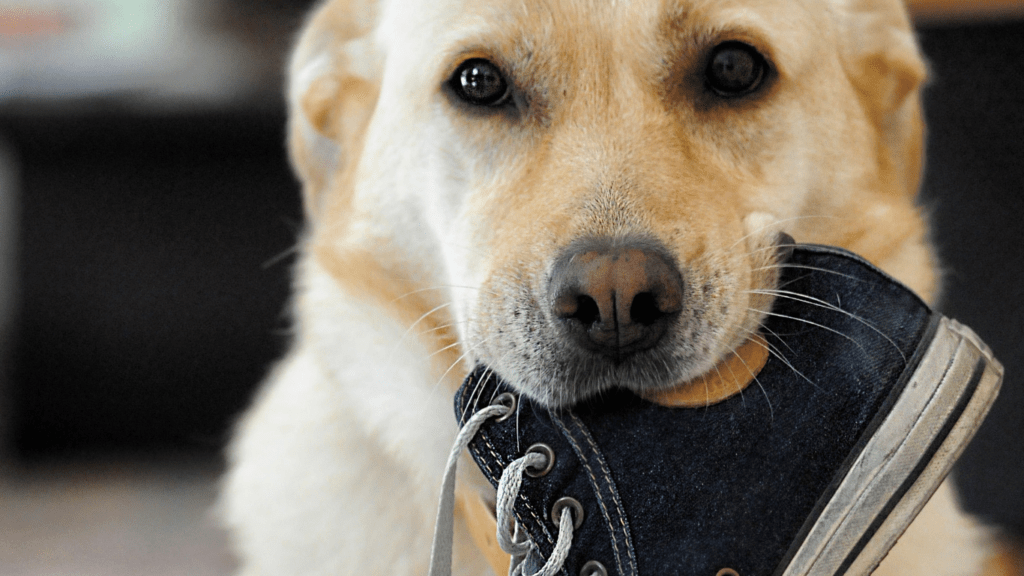Importance of Training Your Pet
Training a pet goes beyond teaching basic commands. It establishes a bond between the owner and the pet. Through consistent training, pets learn the rules of the household, promoting good behavior. Without training, pets may develop destructive habits such as chewing furniture or barking excessively.
A trained pet contributes to a safer environment. A dog responding to commands like “stay” or “come” can prevent accidents, especially in public places. This is vital for large breeds, which might unintentionally cause harm without proper control. Likewise, trained cats can be less aggressive and more sociable.
Behavioral issues often cause stress for both owners and pets. Addressing these through training improves the relationship’s quality. Anxiety, aggression, and other issues reduce significantly when pets understand what is expected of them. This level of understanding fosters a harmonious living situation.
Training also supports mental stimulation for pets. Activities involving obedience, agility, or problem-solving exercises keep pets mentally engaged. Boredom often leads to undesirable behaviors, so mental engagement mitigates this risk.
Training a pet brings numerous benefits, fostering a well-mannered companion, ensuring safety, reducing stress, and providing mental challenges.
Understanding Pet Behavior
Recognizing how pets communicate is key to successful training. Dogs, for instance, communicate through body language, vocalizations, and behavior patterns. A wagging tail can indicate happiness, while bared teeth signal aggression or fear. Cats use different cues; a purring cat usually feels content, but a flicking tail can suggest irritation.
Pets have specific natural instincts, and understanding these instincts helps tailor training methods. Dogs often display pack behavior, seeking a leader to follow. Conversely, cats can be independent and territorial, preferring to control their environment. Observing these traits aids in creating an effective training strategy.
Identifying stress signals in pets is vital. Stress in dogs can manifest as panting, pacing, or excessive barking. Cats might hide, groom excessively, or hiss. Recognizing these signals allows for adjustments in training, ensuring the pet feels comfortable and secure.
Positive reinforcement is crucial in training. Rewarding good behavior with treats, praise, or play strengthens desired actions. While disciplining through negative means can lead to fear or aggression, positive reinforcement fosters a trusting relationship. Techniques like clicker training, where a click signals a reward, can be particularly effective.
By observing and responding appropriately to pet behavior, training becomes aligned with their natural instincts. This results in more effective and enjoyable training sessions, enhancing the bond between you and your pet.
Basic Training Tips for Pets

Training pets requires a mix of patience, consistency, and effective techniques to achieve desired behaviors. Here are key strategies to help you train a well-behaved pet.
Positive Reinforcement
Positive reinforcement involves rewarding pets for desirable actions, which encourages them to repeat those behaviors. Treats and praise work well as rewards. For example, if my dog sits on command, I immediately give a small treat and verbal praise like “Good dog!” This creates a clear link between action and reward. Research by the American Veterinary Society of Animal Behavior supports this method, showing it increases success rates in training.
Consistency and Patience
Consistency in training ensures pets understand expected behaviors. If I always use the command “sit” and reward my pet for sitting, they learn to associate the word with the action.
It’s crucial to keep commands and rewards uniform across all family members. Patience is equally important, especially when teaching new commands or correcting bad habits. Training sessions should be short, around 5-10 minutes, to keep pets engaged and avoid frustration.
Advanced Training Techniques
Integrating advanced methods into pet training builds on the basics and enhances responsiveness and bond strength. Here are two key approaches.
Clicker Training
Clicker training sharpens communication between pets and owners. This method involves using a small device that makes a distinct sound when clicked. The click marks the precise moment a pet performs the desired behavior, immediately followed by a treat.
Timing is crucial here; clicking too late or too early confuses the pet. Using high-value treats (e.g., small pieces of chicken) increases effectiveness. Start with simple commands like “sit” and gradually move to complex tasks once the pet associates the clicker with positive outcomes.
Obedience Classes
Obedience classes provide a systematic approach to training. They offer pets structured environments to practice commands and socialize with other animals.
I recommend starting with beginner courses if your pet is new to training, as foundations are essential. More advanced classes cover complex commands and behaviors. Professional trainers lead these classes to help owners implement techniques correctly. Local pet stores or specialized training centers usually offer obedience classes, ensuring accessibility and convenience.
Addressing Common Behavioral Issues
Training pets frequently involves addressing common behavioral issues. I’ll discuss effective methods for tackling separation anxiety and aggression.
Separation Anxiety
Separation anxiety is widespread among pets. Signs include:
- excessive barking
- destructive behavior
- house soiling
To mitigate this, create a consistent routine for departures and arrivals. Leave a favorite toy or treat to distract your pet when you leave. Gradually increase the time spent apart to help your pet adjust. If anxiety persists, consult a veterinarian for advice on anxiety-reducing products or medications.
Aggression
- Aggression in pets can be directed at people, other animals, or both.
- It’s crucial to identify the triggers, whether fear, territoriality, or pain.
- Use positive reinforcement to reward non-aggressive behavior.
- Avoid punishing aggressive actions, as this can exacerbate the issue.
- Enroll your pet in socialization classes to help them interact calmly with others.
- For severe cases, contact a professional animal behaviorist to create a tailored intervention plan.
By addressing these issues with consistent training and professional guidance, you’ll foster a well-behaved pet.
Training Tools and Resources
To train a well-behaved pet, various tools and resources can enhance effectiveness. Books, online courses, and professional trainers offer valuable insights and guidance.
Books and Online Courses
Books and online courses provide comprehensive training knowledge. “The Power of Positive Dog Training” by Pat Miller and “Decoding Your Cat” by the American College of Veterinary Behaviorists cover fundamental techniques and advanced strategies. For online courses, platforms like Udemy and Coursera offer affordable, flexible options from notable instructors. These resources allow owners to train pets at their own pace.
Professional Trainers
Professional trainers bring expertise and personalized plans tailored to individual pets. Locating certified trainers through the Association of Professional Dog Trainers (APDT) ensures quality guidance.
Trainers can assess specific needs and address behavioral issues more effectively. Professional assistance is critical, especially for severe cases, ensuring pets become well-behaved and owners gain confidence in their training approach.




